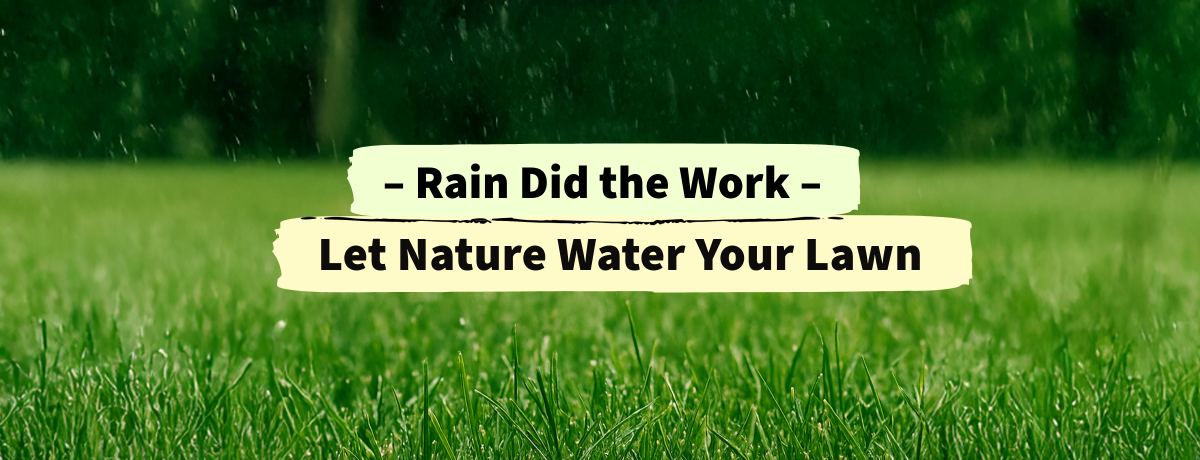Why Irrigation Timing Matters
April 29, 2025
Irrigation and Rainfall
During irrigation season, it's common for homeowners to stick to routine watering schedules—but doing so without considering recent rainfall can lead to unnecessary water use.
If your area receives more than ¼ inch of rain within a 48-hour period, your lawn and landscaping likely do not need additional irrigation. Skipping watering after rain helps conserve water, supports healthier plant growth, and can reduce your monthly bill.
Why Skipping Irrigation After Rain Matters
-
Soil Moisture is Already Replenished
Rainfall naturally restores moisture in the soil, providing plants with the water they need without the need for additional irrigation. Watering on top of recent rain can oversaturate the soil, leading to poor oxygen flow to plant roots and encouraging diseases like root rot and fungal infections.
-
Overwatering Wastes Water and Nutrients
When lawns are irrigated unnecessarily after rain, excess water often runs off instead of soaking in. This runoff can carry away valuable nutrients from the soil, weakening your lawn and increasing the need for fertilizers and additional maintenance.
-
Stronger Root Systems and Healthier Plants
Allowing the soil to slightly dry between watering encourages roots to grow deeper in search of moisture. Deeper roots create stronger, more resilient plants that are better equipped to withstand dry periods and drought conditions.
-
Lower Water Bills
Avoiding unnecessary watering can lead to noticeable savings on your monthly utility bill, especially during peak irrigation months when outdoor watering makes up a significant portion of household water use.
How You Can Track and Adjust Your Watering
With the WaterSmart Portal, you can keep an eye on your daily water use and spot when irrigation may have occurred. While the portal doesn’t label irrigation specifically, here’s what you can do:
- Check your daily water usage and look for higher spikes—those are often tied to watering.
- Think about when you irrigated and compare it to your usage patterns.
- If you see a spike within a day or two of rainfall, you may have an opportunity to cut back.
By paying attention to your own watering habits and checking your daily trends, you can adjust when you irrigate, avoid unnecessary watering, and save money on your bill.
Log into the WaterSmart Portal today and start tracking your usage.


